Jamyang Khyentse Chökyi Lodrö Sungbum Project
English | Français | Português | བོད་ཡིག
This project has the goal of translating the collected writings (Tib. sungbum; gsung 'bum) of the master Jamyang Khyentse Chökyi Lodrö (1893–1959) of Dzongsar, whom Tulku Thondup Rinpoche called "the greatest master of many lineages of this [i.e., the twentieth] century". He was regarded as an activity emanation (’phrin las kyi sprul pa) of the Rimé pioneer Jamyang Khyentse Wangpo (1820–1892) and, like his predecessor, received a broad-ranging education and championed the idea of non-sectarianism.
In their latest edition, Jamyang Khyentse Chökyi Lodrö's collected writings include more than a thousand individual texts, from almost every genre of Tibetan literature—history and autobiography through to poetry and ritual. There are short philosophical treatises, pilgrimage guides, details of visionary encounters, instructions on Dzogchen, and songs of realization. There is a commentary on the Seven Points of Mind Training, verses in praise of Sarasvatī composed while travelling by boat along the Ganges, rulebooks for several different monasteries, protectors’ rites, diary extracts, letters to other teachers, and much more.
These writings are of clear historical interest; they provide valuable information about lineages and traditions, as well as some of the places through which Jamyang Khyentse travelled in Tibet and on pilgrimage in India. They are also of great value to practitioners, who will cherish their pithy instructions and authoritative guidance on elements of Buddhist thought and practice. Some texts also contribute to knowledge of Jamyang Khyentse himself and his life: for example, the verse-autobiography and the record of his travels both add to the information contained in the standard biography by Dilgo Khyentse Rinpoche, which was published in English in 2017.
Very few texts from the collection have been translated and published elsewhere.
Sources
Three editions of Jamyang Khyentse Chökyi Lodrö’s collected writings have been published to date—a two-volume edition of miscellaneous writings (gsung thor bu) published in the 1960s, an eight-volume edition published in Sikkim in the early 1980s, and, most recently, a twelve-volume edition released in 2012. At least six additional works have come to light since 2012 and are set to be included in any future edition.
Phase One
Phase One of the project, jointly supported by the Khyentse Foundation and Tertön Sogyal Trust, ran from 2019 to 2023. During this four-year period we completed 500 English translations—an unprecedented achievement for such an initiative.
Highlights from this first phase include:
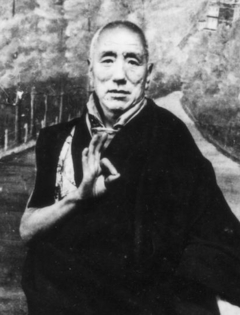

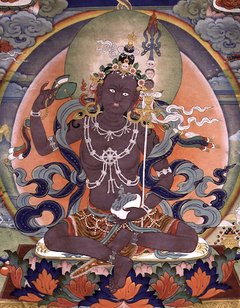
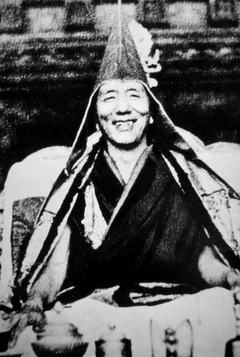
Phase Two
Phase two, when it begins in earnest, will focus on longer texts, including commentaries and biographies.
Meanwhile, we are still completing unpublished drafts and translating some of the texts from the first phase into other languages.
Recent additions include:
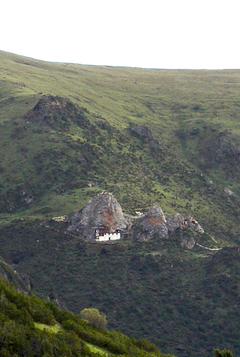
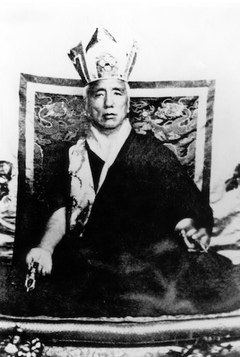
Support the Project
Please help by making a donation to support the commissioning of new translations and editorial work.
